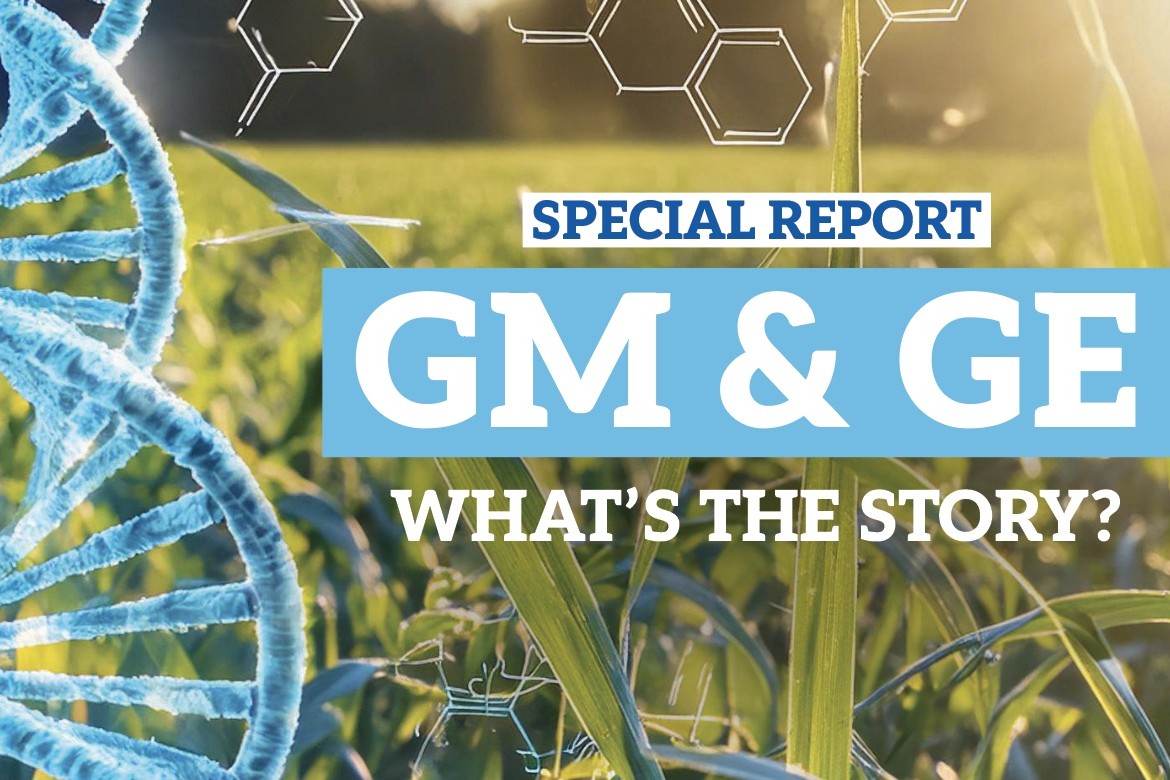Words: Anne Lee
Sub-acute rumen acidosis (SARA) is a myth in pasture-fed dairy cows and well-transitioned cows fed fodder beet, Lincoln University veterinary scientist Dr Jim Gibbs says.
Studies making claims that cows fed high quality pasture diets and that well transitioned cows on fodder beet have a high chance of suffering from SARA base the claims on rumen pH readings.
They try to make the link between acidosis and low pH and then suggest SARA is a mild form of acidosis, he says.
“That’s not the case – all farmers should understand this clearly – SARA is not acidosis, it’s not a mild form of acidosis or cows having a “little” acidosis.
“Farmers get told that it’s a point where their cows are sliding towards acidosis – it’s not.
“There is a lot of fake news about ‘acidosis’. Acidosis is rumen collapse – a clinical syndrome where the rumen environment is no longer functioning properly and where pH is only one factor and not even the most important. Low rumen pH is not automatically acidosis.”
Rumen acidosis starts with excess acid accumulation by carbohydrate fermentation, and production of lactic acid follows.
But true rumen acidosis goes well beyond that and is independent of pH within 12 hours of the first pH insult to the rumen environment, he says.
Gibbs says SARA has been defined by an arbitrary pH threshold which in itself has been a moving target as researchers learned more about processes in the rumen. SARA is a human-made threshold of pH where there are no clinical effects on the animal.
“Nowadays there wouldn’t be one genuine rumen scientist who would use pH alone as a measure to define rumen dysfunction,” he says.
Instead, rumen osmolarity and redox are included, and with acid concentrations this combination better determines rumen health and function.
‘There is a lot of fake news about ‘acidosis’. Acidosis is rumen collapse – a clinical syndrome where the rumen environment is no longer functioning properly and where pH is only one factor and not even the most important. Low rumen pH is not automatically acidosis.’
Osmolarity is the concentration of nutrients in the rumen fluid and if it’s too high rumen bacteria and physiology are destroyed as particles move between areas of different concentration.
Redox – the measure of reduction and oxidation – shows the speed and level of chemical reactions. A ‘good’ redox state shows the rumen is active and healthy and chemical reactions are occurring.
Gibbs says that so-called “normal” rumen pH levels have been redefined over the years – initially from around pH 6.5 to 5.8 and now even lower.
“Some healthy, productive grain-fed cattle never move above 5.5. As rumen researchers, we have learned to let the healthy cows tell us what is ‘normal’ – not guess a threshold and force it on to them.”
Studies at Lincoln University from 2005-2014 involving 30 cows measured repeatedly for 15,000 hours, showed significant volatility in healthy, high performing pasture-fed cows throughout the day, with most having pH lower than 5.5 at some points every day.
The same has been shown with cows transitioned on to beet with no poor rumen function or other cow health issues recorded in numerous studies, he says.
Gibbs says large data sets have also shown significant variation between individual cows in ‘everyday’ rumen pH.
“This is where studies are going today – comprehensive rumen assessments, and larger groups for longer times to flatten individual variation.”
“Giving advice to farmers based on studies with small cow groups is risky – small data sets of animals are good to have a look-see, not set guidelines.”





